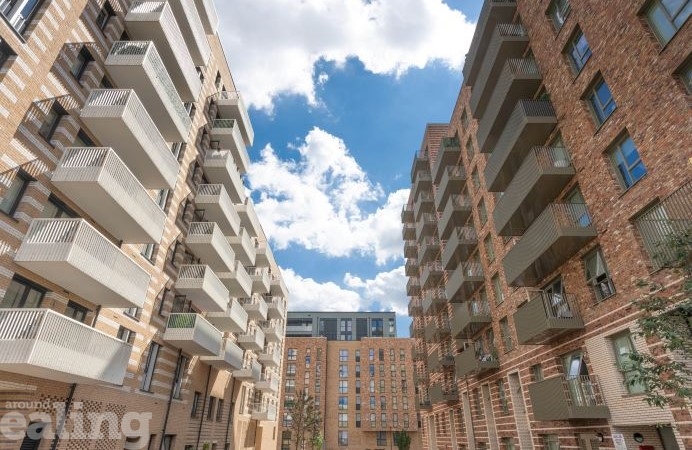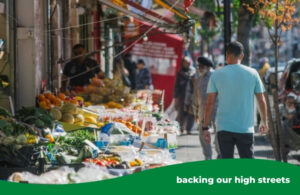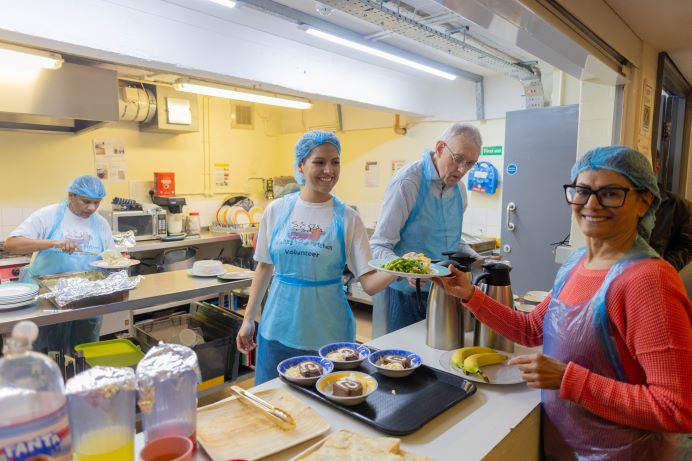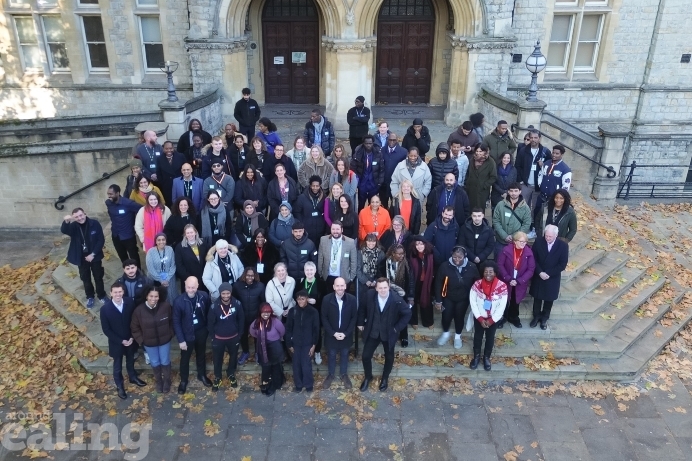“We know that, when it comes to building new homes, one size does not fit all, so we are adapting our approach.”
Council leader Peter Mason explains why Ealing Council has adopted a new long-term plan for housing in the borough.
He continued: “Our new housing strategy will allow us to respond to the different housing needs of each of the borough’s 7 towns.
“And it follows extensive consultation with residents and community groups last year – putting local people at the heart of our decision-making process.”
The new plan included ideas and feedback from those conversations. And its overarching aim is for each of the towns’ residents to have a good quality, genuinely affordable home in a strong, thriving community where they can live happier and healthier lives.
Councillor Shital Manro, the council’s cabinet member for good growth and new housing, added: “This plan will help us build the homes our borough desperately needs.
“We already have one of the strongest home building records in London, and we will continue providing the genuinely affordable homes that our residents need.”
Why is it needed?
With its beautiful parks, outstanding schools, and unrivalled transport links, the borough is a great place to live. But it’s also one of the most expensive places for housing in the country.
There are more than 7,000 families in the borough now on the waiting list for a council home.
Ealing is already London’s third largest borough, and it is growing quickly. The number of older residents is increasing significantly. There is projected to be an 80% rise in the number of people aged over 75 between 2021 and 2031. The borough needs more homes built with the needs of this group in mind.
To meet rising demand, the borough needs almost 28,000 affordable new homes over the next 15 years, and 70% of these should be available at genuinely affordable rents. In particular, more 3 or 4-bedroom homes are needed for families.
Poverty is also an issue. The average local wage is lower than in all but 3 of London’s 32 boroughs. Almost 3 quarters of wards fall into the top 20% of most deprived wards in the country. 31% of the borough’s population are in ‘absolute’ poverty, with household income lower than the necessary level to maintain basic living standards, and almost half of that group are in work.
What’s in the plan?
The plan has 4 main priorities:
- supporting growth: meeting the urgent local need for more genuinely affordable homes
- high quality homes and neighbourhoods: that are safe, healthy and resilient for the future
- well-managed homes: supporting renters to live settled lives, and giving them more power, control, and choice, and taking quick action if things go wrong
- better lives and connected communities: preventing housing crisis, fighting housing inequalities and supporting independence
These 4 priorities will help ensure more homes are truly affordable in relation to average local incomes, as well as climate-resilient, safe, and of a high quality. It will also create a framework for neighbourhoods to have the jobs, parks, transport options, and other community infrastructure that residents need.
Other details outlined include more homes for keyworkers and those on moderate incomes. There will also be more support for those facing homelessness, and help for older residents to live independently.
There will also be more opportunities for residents, community groups and partner organisations to help shape the future of housing in the borough and a fairer housing market where no-one is left behind.
The council is already running one of the biggest council homebuilding programmes in the country. But with local housing targets set to increase, it will need to build even more.
To provide the increase needed, homes will still be built at high densities, but there will be limits on the number of storeys and height of buildings. The council will seek to limit the height of social housing to no more than 6-storeys high.
More information
You can read the housing strategy on the council’s website.





